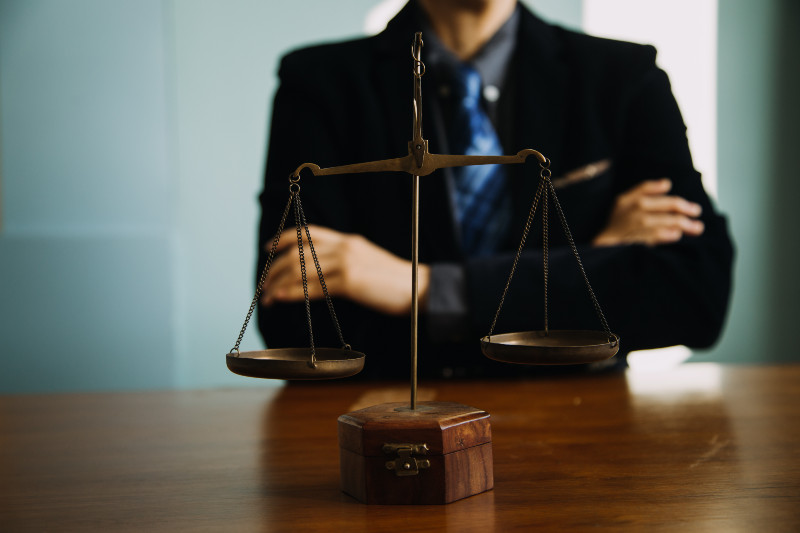Hospitals are intended to be safe environments where patients receive healing and support. Yet in Phoenix, slip-and-fall accidents remain a surprisingly common issue within hospital settings. Wet floors, cluttered hallways, or poorly maintained facilities can lead to falls that cause serious injuries such as broken bones, head trauma, or spinal cord damage.
When these incidents occur, one question often arises: Is this a straightforward personal injury case, or does it qualify as medical malpractice? Understanding the difference is critical for families seeking accountability, and it often requires the insight of a personal injury attorney, a hospital malpractice lawyer, or a medical malpractice attorney.
Why Slip-and-Fall Accidents Happen in Hospitals
Hospitals are high-traffic facilities where staff, patients, and visitors move constantly. With so much activity, safety hazards can easily develop. Common causes of hospital slip-and-fall accidents include:
- Spilled liquids or cleaning solutions left unaddressed.
- Improperly stored equipment or clutter in hallways.
- Lack of handrails or non-slip surfaces in patient bathrooms.
- Inadequate supervision for patients at risk of falls.
- Poor lighting in hallways or stairwells.
These conditions are often preventable, making negligence a central factor in many cases.
When Is It a Personal Injury Case?
Many hospital slip-and-fall incidents fall under general premises liability law. In these cases, the hospital acts as the property owner responsible for keeping the premises reasonably safe. A personal injury attorney may evaluate whether:
- The hospital knew or should have known about a hazard.
- Reasonable steps were taken to correct the hazard.
- The unsafe condition directly caused the patient or visitor’s injuries.
For example, if a patient slips on a wet floor without warning signs, this situation likely falls into the category of personal injury rather than medical malpractice.
When Does It Become Medical Malpractice?
Not all slip-and-fall cases in hospitals are purely premises-related. Sometimes the fall results from the way medical care was administered. These scenarios may require the help of a hospital malpractice lawyer or a medical malpractice attorney. Examples include:
- A nurse fails to respond to a call for assistance, causing a fall when a patient tries to walk unassisted.
- Hospital staff ignore fall-prevention protocols for high-risk patients.
- Medication errors leave patients dizzy or disoriented without proper monitoring.
- Inadequate staffing leads to lapses in supervision for vulnerable patients.
In these situations, the fall may be viewed not simply as a facilities issue but as part of the hospital’s medical negligence.
The difference between a personal injury case and a malpractice claim matters because it impacts:
- The type of evidence needed: Malpractice cases often require testimony from medical professionals to prove that accepted standards of care were violated.
- Filing deadlines: Personal injury and malpractice cases may follow different statutes of limitations in Arizona.
- Damages available: While both cases allow for compensation for medical bills, lost wages, and pain and suffering, malpractice claims may also involve unique categories of damages depending on the circumstances.
For Phoenix families, understanding this distinction ensures that claims are pursued under the correct legal framework.
The Role of Attorneys in Hospital Fall Cases
Depending on the nature of the case, different types of attorneys may become involved:
- A personal injury attorney handles general slip-and-fall cases where unsafe property conditions caused harm.
- A hospital malpractice lawyer investigates whether hospital staff failed to implement fall-prevention measures for patients under their care.
- A medical malpractice attorney evaluates whether treatment decisions, staffing levels, or medical errors contributed to the fall and resulting injuries.
In many cases, attorneys work together to determine whether a claim should be filed as premises liability, medical malpractice, or both.
The Impact of Hospital Slip-and-Fall Accidents
For patients already dealing with illness or injury, a fall in the hospital can create devastating setbacks. Consequences often include:
- Extended hospital stays, increasing both medical costs and emotional strain.
- Secondary injuries such as hip fractures, head injuries, or spinal trauma.
- Loss of independence, particularly for elderly patients who may no longer recover full mobility.
- Psychological distress, including anxiety about moving independently in the future.
Families may face mounting financial and caregiving responsibilities as a result.
Legal Accountability in Phoenix
Holding hospitals accountable for preventable falls not only provides compensation for injured patients but also encourages safer practices. By pursuing legal remedies, families can drive improvements in:
- Fall-prevention training for staff.
- Facility maintenance and inspection protocols.
- Monitoring systems for high-risk patients.
These changes benefit not only the injured party but also the broader community.
Snyder & Wenner, P.C. has long provided support to families navigating complex hospital negligence and injury claims as Arizona’s Premier Medical Malpractice and Personal Injury Law Firm. Their work underscores the importance of addressing both premises liability and malpractice issues when hospital safety is compromised.
Slip-and-fall accidents in Phoenix hospitals raise complex questions about responsibility. While some cases involve general premises liability and require the guidance of a personal injury attorney, others may fall into the realm of medical negligence, best addressed by a hospital malpractice lawyer or medical malpractice attorney.
For families, recognizing the difference is the first step toward pursuing justice. Legal accountability not only provides financial relief but also helps ensure safer hospital environments for future patients.


